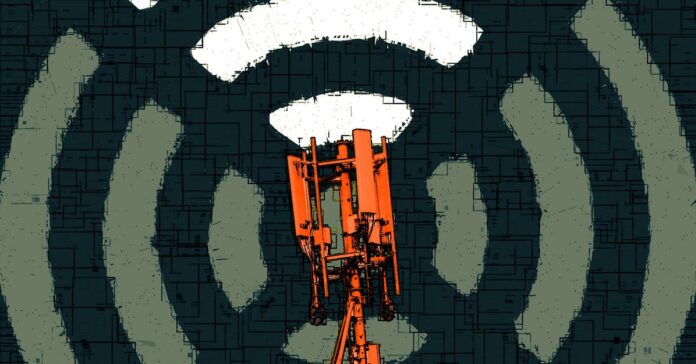The US government has committed $42 million to further the development of the 5G Open RAN (O-RAN) standard that would allow wireless providers to mix and match cellular hardware and software, opening up a bigger market for third-party equipment that’s cheaper and interoperable. The National Telecommunications and Information Administration (NTIA) grant would establish a Dallas O-RAN testing center to prove the standard’s viability as a way to head off Huawei’s steady cruise toward a global cellular network hardware monopoly.
Verizon global network and technology president Joe Russo promoted the funding as a way to achieve “faster innovation in an open environment.” To achieve the standard’s goals, AT&T vice president of RAN technology Robert Soni says that AT&T and Verizon have formed the Acceleration of Compatibility and Commercialization for Open RAN Deployments Consortium (ACCoRD), which includes a grab bag of wireless technology companies like Ericsson, Nokia, Samsung, Dell, Intel, Broadcom, and Rakuten.
Japanese wireless carrier Rakuten formed as the first O-RAN network in 2020. The company’s then CEO, Tareq Amin, told The Verge’s Nilay Patel in 2022 that Open RAN would enable low-cost network build-outs using smaller equipment rather than massive towers — which has long been part of the promise of 5G.
But O-RAN is about more than that; establishing interoperability means companies like Verizon and AT&T wouldn’t be forced to buy all of their hardware from a single company to create a functional network. For the rest of us, that means faster build-outs and “more agile networks,” according to Rakuten.
In the US, Dish has been working on its own O-RAN network, under the name Project Genesis. The 5G network was creaky and unreliable when former Verge staffer Mitchell Clarke tried it out in Las Vegas in 2022, but the company said in June last year that it had made its goal of covering 70 percent of the US population. Dish has struggled to become the next big cell provider in the US, though — leading satellite communications company EchoStar, which spun off from Dish in 2008, to purchase the company in January.
All of this adds up to a united front against Huawei’s domination of global cellular equipment and infrastructure. The Washington Post writes that O-RAN “is Washington’s anointed champion to try to unseat the Chinese tech giant Huawei Technologies” as the world’s biggest supplier of cellular infrastructure gear. The Post points out that Biden has made O-RAN a priority point of discussion with global leaders in recent years, and that both Congress and the NTIA have allocated around $2 billion for the advancement of the standard.
This $42 million grant is a drop in the bucket compared to all of that, but the establishment of a testing center is a key step in the process; it creates an arena where ACCoRD partners can establish that the standard can work and get the buy-in of other big players across the world. The Post notes that Ericsson and AT&T made big commitments in December, with a $14 billion, five-year contract to infuse most or — in the case of Ericsson — all of their hardware with O-RAN compatibility within the next couple of years, giving the standard some hefty momentum.
Credit: Source link

















